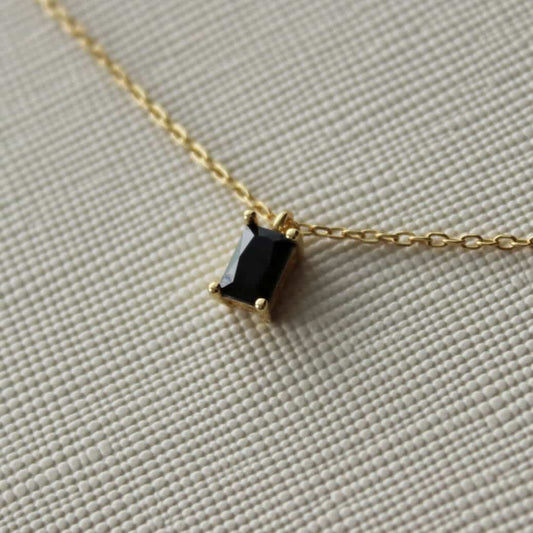Throughout history, royalty has been associated with the most exquisite and luxurious objects, including stunning pieces of jewelry. Among these treasures, crowns have always held a special place as symbols of power, wealth, and authority. From the glittering headdresses of ancient Egypt to the ornate tiaras of modern-day queens, the history of royal crowns is a fascinating one that reflects the cultural and artistic traditions of different civilizations.
In this article, we will explore the rich history of royal crowns, examining their evolution over time and their significance in different cultures. We will start with ancient Egypt, where the pharaohs wore elaborate headdresses made of precious metals and gemstones.
Ancient Crowns: From Divine Status to Victorious Athletes
The crowns of ancient Egypt were designed to reflect the divine status of the pharaohs, who were believed to be living gods. The most iconic headdress of ancient Egypt is the Nemes, a striped cloth headpiece adorned with a cobra and vulture. This headdress was worn by the pharaohs as a symbol of their power and divine authority. Another famous Egyptian crown is the Pschent, which was a combination of the white crown of Upper Egypt and the red crown of Lower Egypt. The Pschent represented the pharaoh's unification of the two lands and was worn during important religious and ceremonial events.
Moving on to ancient Greece, crowns were also significant symbols of power and authority. However, they were also used as prizes for winners of athletic and artistic competitions, such as the Olympic Games. The most famous Greek crown was the Olive Wreath, which was made of branches from the sacred olive tree and was given to the winners of the Olympic Games. The olive wreath was not only a symbol of victory but also of peace and harmony.
Medieval Crowns: A Symbol of Power and Authority
In the Middle Ages, crowns became even more elaborate and ornate. In Europe, the crowns of monarchs were often adorned with precious metals and gemstones, including diamonds, emeralds, and rubies. These crowns were not only symbols of power but also served as a means of displaying wealth and prestige. The crown of the Holy Roman Emperor, for example, was encrusted with hundreds of gemstones and pearls, and was considered one of the most valuable objects in the world.
Renaissance Crowns: Opulence and Elegance
During the Renaissance, crowns continued to be important symbols of power and wealth, but they also became more elaborate and artistic. Renaissance crowns were often decorated with intricate designs and motifs, and were often adorned with pearls and other gemstones. The crown of Queen Elizabeth I of England, for example, was made of gold and encrusted with pearls and diamonds. It featured a large orb and cross at the top, symbolizing the queen's religious authority.
In the 18th and 19th centuries, crowns continued to be important symbols of power, but they also became more ornate and elaborate. The crown of Louis XV of France, for example, was encrusted with diamonds and other gemstones, and featured a large central diamond known as the Regent Diamond. The crown of Queen Victoria of England, on the other hand, was adorned with diamonds and pearls and was designed to be worn over a veil.
Modern Crowns: Understated Beauty and Elegance
In the modern era, crowns have become more understated and refined. Today's royal crowns are often designed to be more wearable and practical, reflecting the changing role of monarchs in society. Modern-day tiaras, for example, are often made of lighter materials and are designed to be worn more casually, rather than only on formal occasions. The tiara worn by Princess Diana, for example, was made of diamonds and featured a simple yet elegant design.
The Craftsmanship of Regal Jewelry
While the design and style of crowns have evolved over time, the symbolic importance of these regal headdresses has remained constant. Crowns are a reminder of the divine status of ancient pharaohs, the victorious athletes of ancient Greece, and the powerful monarchs of Europe and beyond.
The Symbolism and Significance of Crowns Throughout History
Today, while the role of monarchs has changed, crowns remain an important symbol of royal authority and are still used for coronations, state occasions, and other formal events. In recent times, the British Royal Family has been known for their collection of stunning tiaras, which are often loaned to members of the family for special occasions. From the Cambridge Lover's Knot Tiara, a favorite of Princess Diana, to the Queen Mary Diamond Bandeau Tiara, which was worn by Meghan Markle on her wedding day, these tiaras are a testament to the enduring beauty and significance of royal crowns.
Royal Jewelry as Cultural Heritage
In addition to their symbolic significance, crowns and other pieces of royal jewelry are also treasured for their historical and cultural value. Many of these pieces have been passed down through generations of monarchs and have become a part of their countries' cultural heritage. For example, the Crown Jewels of the United Kingdom, which include the Sovereign's Sceptre, the Imperial State Crown, and the Koh-i-Noor Diamond. Many of these coveted items were stolen from India during the British invasion. Here's our post on the history of Indian Jewellery.
The Enduring Significance of Royal Crowns and Regal Jewelry
In conclusion, royal crowns and other pieces of regal jewelry are not just dazzling works of art but also a part of our shared cultural heritage. Whether we marvel at the intricate designs of ancient Egyptian headdresses, the opulence of Renaissance crowns, or the understated elegance of modern tiaras, these regal accessories have captured our imaginations for centuries and continue to do so today.






